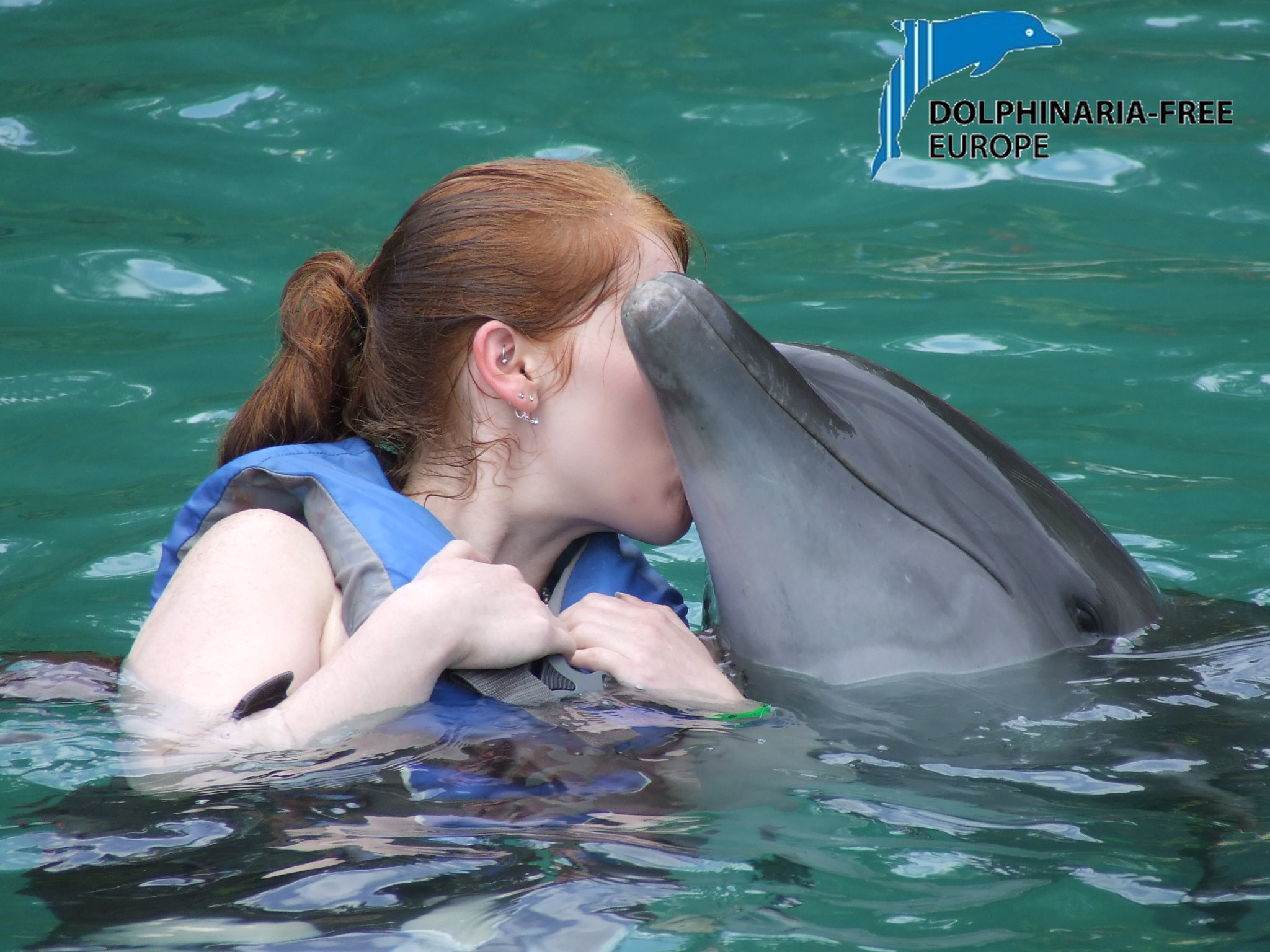
Dolphinaria-Free Europe (DFE) welcomes recent steps taken by WAZA (World Association of Zoos and Aquariums) within their updated guidelines to address the welfare of animals, including cetaceans, held within their member institutions.
These guidelines state that animals should not be presented to visitors as ‘exotic pets or performers’; however, we are concerned this does not clearly define the limitations on display, of cetaceans in particular. Several member facilities advertise AVI with cetaceans on their websites, including direct contact (for example, dolphin swim programmes). We therefore would welcome further clarity from WAZA on this aspect of the guidelines, and further transparency on how it plans to balance/manage captive animal welfare. We seek clarity on how WAZA will work with member institutions to ensure that cetaceans on public display are not used as photo props or in swim programmes; in fact, are not required to perform in a manner that exaggerates or is beyond their natural behaviour. We also request that WAZA immediately end any formal affiliation with any institution failing to follow these guidelines.
While our primary concern is AVI’s impact on the psychological and physiological wellbeing of cetaceans in captivity, it is not only the individual animals who are threatened by these activities. Advances in epidemiology have shown there is a danger to the public and cetaceans from zoonotic disease transmission during close interactions. Recently DFE released our statement on Covid-19 and its impacts on captive cetaceans; we believe it is crucial, to minimize health risks to people and animals, that this type of close interaction between captive cetaceans and the public is brought to an end.
Captive display facilities are unable to provide conditions in which cetaceans can thrive, leading full and natural lives. Displaying dolphins, whales and porpoises serves no conservation benefit, as species most often held in facilities are typically not endangered. The educational benefit is minimal, especially with technological advances such as animatronics and holographic presentations. People are able to learn about the natural world without having to remove animals from their natural habitat or breed them in captivity for display. The increase in research done in situ and its results negate any need to keep them in captivity for research. Therefore, cetaceans should no longer be held in confinement. We should phase out their public display through the end of captive breeding and our focus should be entirely on protecting them in their natural environment.

